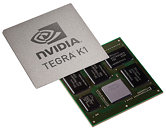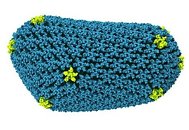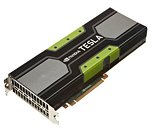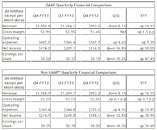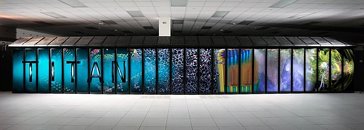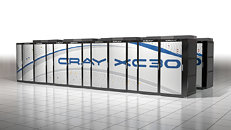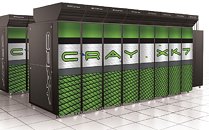
AMD and Dell Support Bioinformatics Studies at University of Warsaw in Poland
AMD today unveiled innovation in heterogeneous high performance computing (HPC) by delivering more than 1.5 petaFLOPS of AMD FirePro S9150 server GPU performance for the Next Generation Sequencing Centre (NGSC) at the Centre of New Technologies, University of Warsaw in support of bioinformatics research related to next generation sequencing (NGS) studies. The new ORION cluster features 150 Dell PowerEdge R730 servers with two AMD FirePro S9150 server GPUs, for a total GPU peak of 1.52 petaFLOPS single precision and 0.76 petaFLOPS double precision performance. The energy-efficient cluster enables high speed and efficient calculations for genomic data, applicable to a range of genomics and bioinformatics studies, using a fast and power efficient OpenCL implementation for research applications.
"We're committed to building our HPC leadership position in the industry as a foremost provider of computing applications, tools and technologies," said Sean Burke, corporate vice-president and general manager, AMD Professional Graphics. "This installation reaffirms AMD's leading role in HPC with the implementation of the AMD FirePro S9150 server GPUs in this 1.5 petaFLOPS supercomputer cluster. AMD and Dell are enabling OpenCL applications for critical science research usage for this cluster. AMD is proud to collaborate with Dell and NGSC to support such important life science and computer science research."
"We're committed to building our HPC leadership position in the industry as a foremost provider of computing applications, tools and technologies," said Sean Burke, corporate vice-president and general manager, AMD Professional Graphics. "This installation reaffirms AMD's leading role in HPC with the implementation of the AMD FirePro S9150 server GPUs in this 1.5 petaFLOPS supercomputer cluster. AMD and Dell are enabling OpenCL applications for critical science research usage for this cluster. AMD is proud to collaborate with Dell and NGSC to support such important life science and computer science research."





